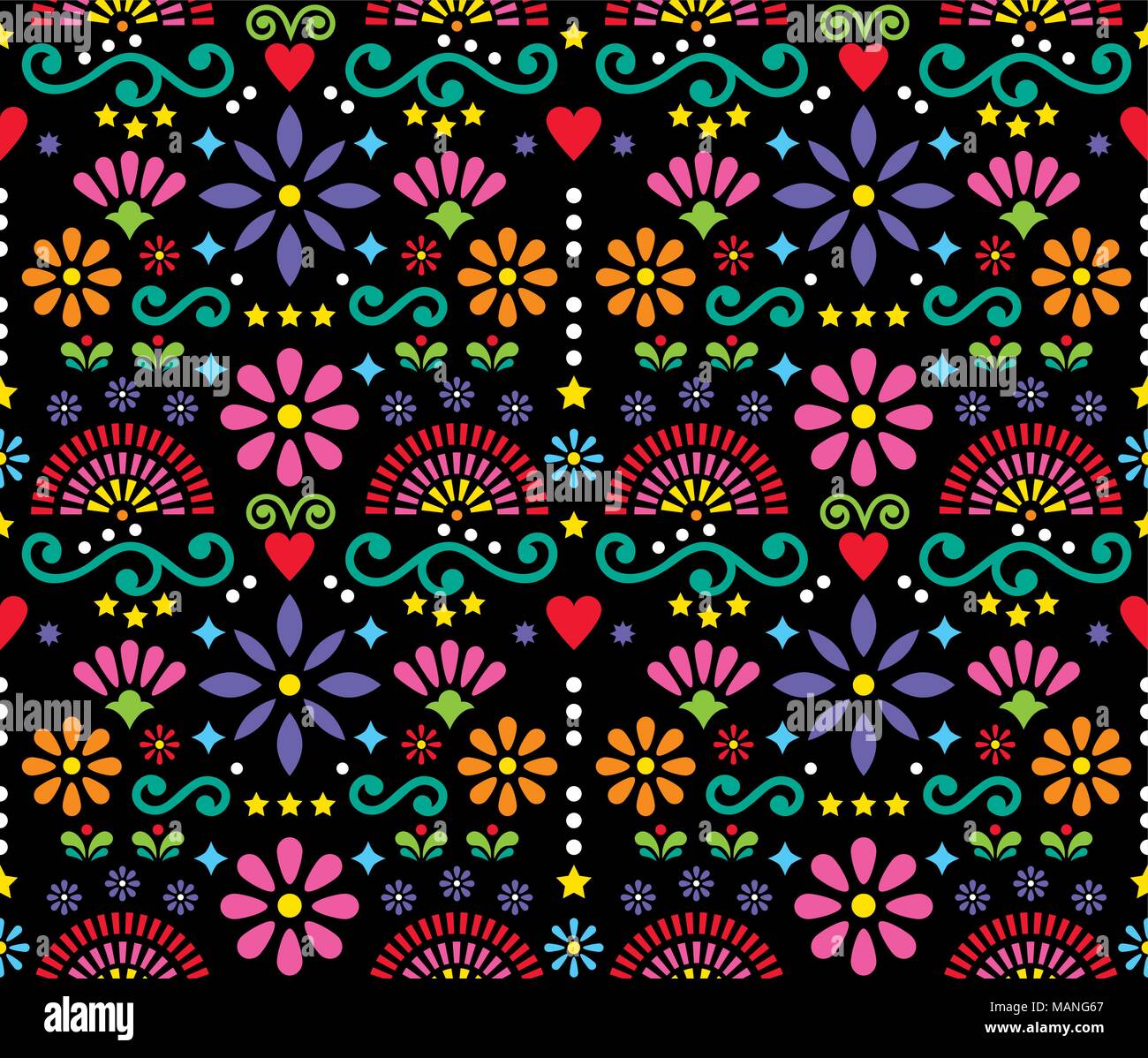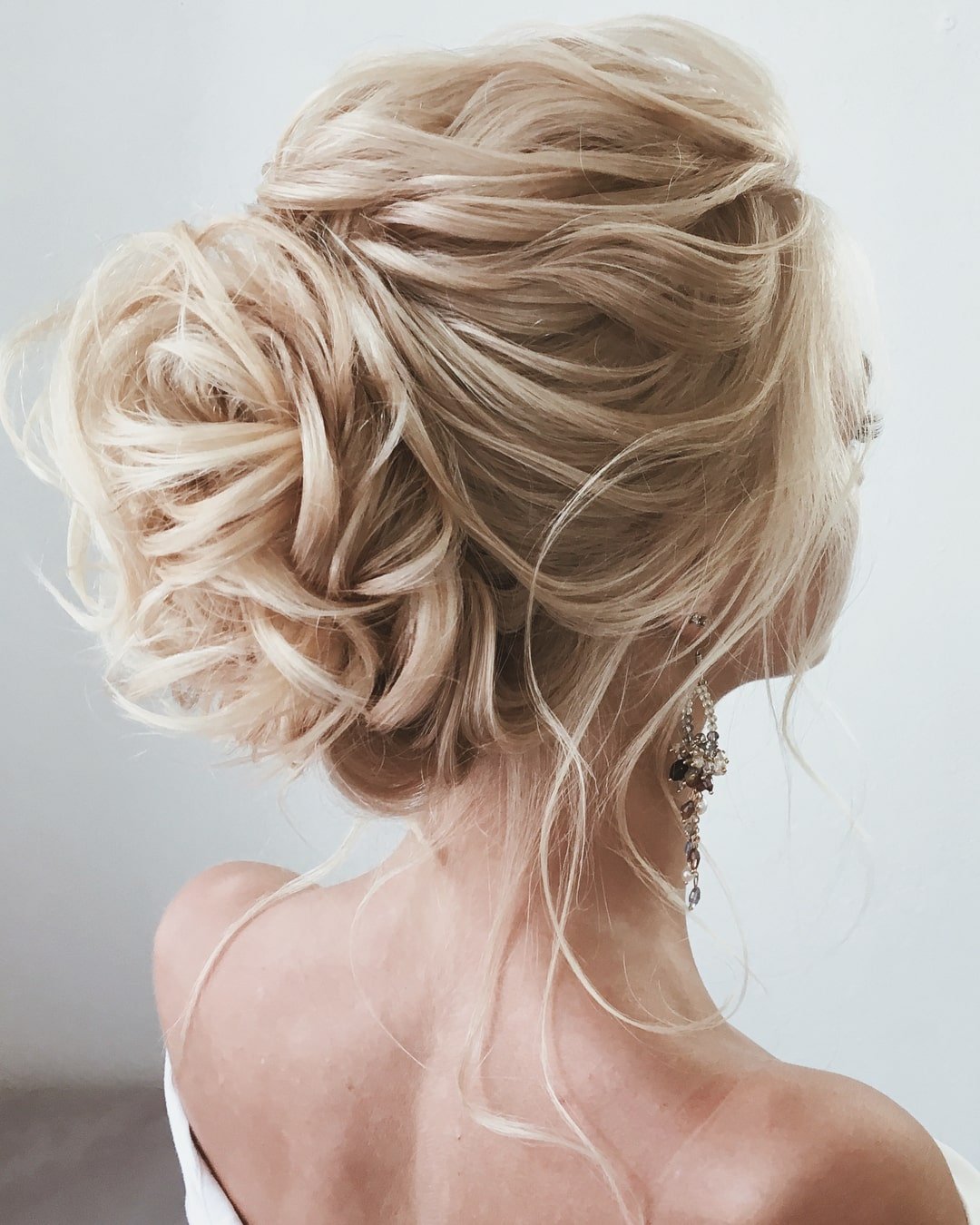Table Of Content

Furniture and decorative arts during this period were influenced by a blend of indigenous, colonial, and modern styles. Craftsmen incorporated pre-Columbian motifs, traditional techniques, and local materials into their designs. Furniture featured clean lines, functional forms, and often highlighted natural wood tones or vibrant colored finishes.

Wood Furniture
Other symbols, such as the feathered serpent Quetzalcoatl and the skull symbolizing the cycle of life and death, are also commonly used in Mexican graphic design. Mexico has quite an impressive track record as far as producing some world class artists—some of the most famous artists ever to live for that matter. So it’s no wonder that a lot of Mexican generated design does in fact utilize influences from the world of fine art.
Eight chocolate-brown interiors that look good enough to eat
This period was characterized by the French army’s invasion and the establishment of the short-lived Mexican Empire led by Emperor Maximilian I. The Spanish Colonial period also saw the establishment of haciendas, large estates owned by Spanish landowners. These estates featured grand hacienda homes with courtyards, gardens, and decorative tiles. The interiors often showcased luxurious furnishings, such as Cantera stone fireplaces, ornate chandeliers, and handcrafted furniture. "There's a risk on the side that has to do with the ambition of more and faster," he continued, adding that designers need to understand that working with materials like metal and stone in small-batch operations takes time.
Grateful Dead Home Decor: Transform Your Space with Vintage Vibes
The architecture of the Porfirian era was heavily influenced by European styles, particularly French and Italian influences. European architects were commissioned to design grand buildings and mansions, resulting in a blend of neoclassical, art nouveau, and eclectic architectural styles. Prominent examples include the Palacio de Correos in Mexico City and the Grand Hotel in Veracruz. French influence during this time brought a shift in architectural and design trends in Mexico. The French introduced their refined and elegant style, which was influenced by neoclassical and Second Empire aesthetics.
GOMA practices restraint in the reinvention of a former Mexican factory - The Architect's Newspaper
GOMA practices restraint in the reinvention of a former Mexican factory.
Posted: Fri, 15 Sep 2023 07:00:00 GMT [source]
Spanish Colonial Revival designs were often asymmetrical and included elements such as a tower (torreón), basements and pitched, red-tile roofs — architectonic flourishes that were not in use during the Mexican colony. Carolina A. Miranda is a former Los Angeles Times columnist who focused on art and design, with regular forays into other areas of culture, including performance, books and digital life. Contemporary Mexican architecture showcases a balance between sustainable design, function, and aesthetics. Architects are incorporating sustainable materials, green infrastructure, and innovative building techniques to create eco-friendly and energy-efficient structures. Mexican architects like Tatiana Bilbao and Alberto Kalach are gaining international recognition for their innovative approaches to design.
Under Porfirio Díaz’s rule, Mexico experienced a wave of modernization and industrialization. The government prioritized infrastructure development, including the construction of railroads, telegraph lines, and modern factories. This era brought about a shift in architectural and design trends in Mexico, embracing a more modern and cosmopolitan aesthetic.
How can I use vibrant colors in my Mexican-inspired interior design?
One of the notable architectural achievements of this time is the construction of the iconic Palacio de Bellas Artes in Mexico City. This exquisite building showcases the Beaux-Arts architectural style, featuring a combination of neoclassical and art nouveau elements. The Spanish Colonial period had a significant impact on religious practices in Mexico.
Frequently Asked Questions about Mexican Decor: 9 Periods In This Vibrant Country's Rich History
It is an essential part of this design style and it is what ultimately makes it pop in such an incredible way. Throughout the rural landscape, carpinteros in provincial towns and villages crafted elements from their own traditions and resources. On occasion they even interpreted Spanish influenced styles that had made their way naturally from the cities to the countryside—through families moving to the country or storing old, broken pieces in rural barns, say. Such interpretations were, of course, simplified or streamlined to be practical and durable in rural settings. Carved lyre legs became sturdy A-frame legs; ornately carved panels on armoires were streamlined into handsome flat-panel styles; lathe-turned spindles on cupboards were sometimes simplified into slats. I’m Janette Harris, a spirited and innovative interior designer with over two decades of experience in creating harmonious and aesthetically pleasing spaces.

Mexican Design Elements
Today, weathered Mexican doors are being restored and adapted to a variety of architectural settings. They make the transition to doors on entertainment units, closets, and master bedrooms, and are designed into headboards and tables as their simplicity and time-honored presence compliment many interior design styles. Single shutters and doors make the transition to headboards with the addition of clean-lined contemporary iron bases and iron finials.
When I was growing up in El Paso, Cinco de Mayo was a reason to celebrate our Mexican traditions with friends. Later when I moved to New York, it was a reason to leave work early for happy hour and consume lots of margaritas, chips, and salsa. It wasn’t until I started dating my now husband that I found out that Cinco de Mayo is not celebrated in Mexico at all, unlike the big deal that’s made of it in the United States. By the 1960s and 1970s, Mexican Americans began celebrating the day to bring attention to Mexican culture, and the tradition has continued.
For centuries, the Mexican craftsman has instinctively combined beauty with function, using the materials provided by nature to create furniture, culinary vessels, architectural elements, implements and religious objects. These functional and noble elements reflect Mexico’s wildly diverse landscape and her pre-Columbian, European, and Indian influences. Founded in 1952 by choreographer and dancer Amalia Hernández, Ballet Folklórico celebrates Mexico’s diverse folklore traditions through dance, music and traditional dress. The performances take audiences from Mexico’s ancient past up to the revolution in 1910, travelling through the states of Oaxaca, Jalisco, Sonora, Zacatecas, Guerrero and more.
Churches, cathedrals, and government buildings were constructed in this style, featuring elaborate sculptures, frescoes, and gold leaf accents. The Pre-Columbian period in Mexico was characterized by a deep connection to nature and spirituality. The indigenous peoples revered the natural elements, such as the sun, moon, and rain, and incorporated them into their religious practices and artwork.

No comments:
Post a Comment